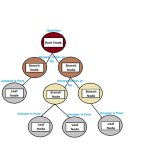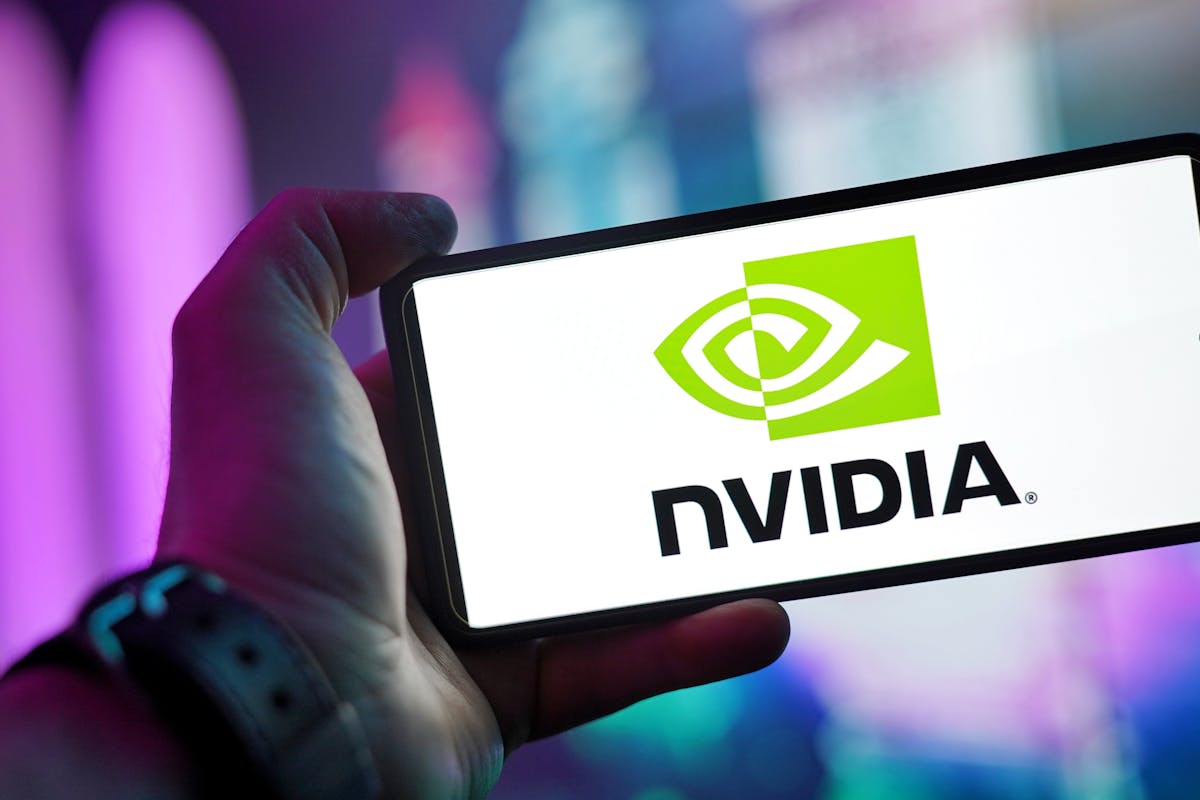Unlocking the Potential of 5G with AI and Data Analytics in Telecom
5G is a crucial advancement in telecom, offering quicker speeds, little latency, improved capacity, boosted connectivity, empowering emergent technologies, pouring financial evolution, and providing a competitive lead to operators.
For 5G to reach its full potential, AI and data analytics are vital. They permit real network management, in-the-moment data analysis for improved performance, intellectual resource allocation, customized services, and cutting-edge submissions, improving user experiences and satisfying changing demands.
The Role of 5G in Telecom Transformation
The revolution of the telecom industry is mostly driven by 5G. The fifth generation of mobile networks (5G) presents several inventions that renovate connectivity and communication. Among its main contributions are:
- Faster Internet Speeds: Compared to previous generations, 5G offers much quicker internet speeds, enabling swifter downloads and faultless streaming.
- Lower Latency: 5G enables real-time applications like virtual reality, amplified reality, and driverless automobiles by reducing network latency.
- Enormous IoT Connectivity: 5G is perfect for IoT applications and the substructure of smart cities since it can manage a massive number of connected devices.
- Boosted Network Capacity: 5G permits for an advanced device density, which lessens network traffic and lifts performance in congested locations.
- Emerging technologies: 5G made emerging technologies possible, which nurtures innovation and changes industries by performing as a catalyst for their development and acceptance.
Leveraging AI in 5G Networks
AI plays a vital role in augmenting 5G network infrastructure by leveraging its abilities in data analysis, predictive maintenance, spectrum management, security monitoring, network slicing, and intelligent decision-making.
AI examines network data, anticipates probable problems, and optimizes resource distribution to increase inclusive performance and productivity.
Network dependability is enhanced and downtime is diminished with proactive care based on AI predictions. Spectrum administration powered by AI guarantees active spectrum distribution while adjusting to unstable network requirements and situations.
To guard data integrity and user privacy, AI also uninterruptedly scans network traffic for security threats. Moreover, AI enables intelligent network slicing, which adjusts services to specific use cases and meets the needs of numerous industries. 5G networks can transform the telecom sector by delivering enhanced connections and services by using the power of AI.
Data Analytics for Enhanced Customer Experience
By drawing insightful conclusions from enormous quantities of client data, data analytics plays an important part in improving the customer experience. Businesses can provide focused and customized services by using data analysis to comprehend the likings, behaviors, and pain points of their customers.
Companies may develop customer-centric strategies, encouraging loyalty and happiness while ultimately earning a competitive edge in the market, by utilizing these data-driven insights.
Examples of personalized services and offerings made possible by data insights:
- Personalized Recommendations: Data insights are used by streaming services like Spotify and Netflix to deliver consumers personalized content suggestions built on their viewing and listening behavior. This personalized strategy advances customer pleasure and engagement.
- Customized Marketing Campaigns: To generate customized marketing campaigns, e-commerce platforms study user data. They increase the probability of conversion and repeat sales by sending personalized emails, promotions, and product recommendations.
- Health and fitness applications: Health and fitness apps deliver individualized workout routines, meal recommendations, and progress tracking by leveraging data insights from users’ activity levels, diet choices, and health goals. Users are stimulated to stay on track and meet their fitness goals thanks to this individualized approach.
AI-Driven Network Automation
Artificial intelligence-driven network automation is the term used to describe the use of machine learning and artificial intelligence to automate many parts of network management and operations. Increasing network performance and efficiency, requires the use of intelligent software and algorithms that can learn from network data, make decisions based on that knowledge, and take suitable action. Three important aspects of AI-driven network automation are listed below:
- Intelligent network configuration: Automation powered by AI can study network topology and performance data to dynamically configure network mechanisms like switches and routers. It guarantees the top settings for numerous network circumstances, traffic patterns, and service requirements, improving reliability and demanding less manual configuration work.
- Proactive Network Monitoring and Predictive Maintenance: AI algorithms can continuously track network performance and traffic, recognizing differences and potential problems in real-time. AI-driven computerization enables preventative maintenance, diminishing downtime, and service intermissions by spotting issues before they become more serious.
- Traffic optimization and Quality of Service (QoS) management: AI can evaluate network traffic patterns and provide priority to vital applications or services, ensuring that QoS criteria are met. The user experience is improved by this dynamic traffic optimization, particularly during periods of heavy usage or demand.
In general, AI-driven network automation advances network operations by bringing intelligence, effectiveness, and adaptability, allowing telecom operators and companies to provide better connections, improve customer experiences, and cut operational costs.
Empowering New Use Cases with 5G, AI, and Data
AI-driven network management finds practical application in several real-world use cases, mainly in IoT, AR/VR, and smart city applications:
Internet of Things (IoT): AI-driven network automation oversees a large amount of networked, interrelated IoT devices, optimizing resources and guaranteeing smooth communication in sectors like manufacturing and healthcare.
Virtual reality (VR) and augmented reality (AR): AI gives priority to AR/VR traffic, dropping latency and improving user experiences in situations like remote training and virtual meetings.
Applications for Smart Cities: AI-driven network management harmonizes interrelated systems, and optimizes energy distribution, traffic flow, and other urban services for sustainable smart cities.
Industrial Automation and Industry 4.0: AI makes it possible for machines, robots, and control systems to connect effectively, enhancing supply chain management and production efficiency.
Telemedicine and remote healthcare: AI enables real-time consultations and personalized healthcare programs by ensuring secure and dependable data transmission for telemedicine services.

Conclusion
In conclusion, the blend of 5G, AI, and data analytics holds the key to revealing the true potential of the telecom industry. With 5G’s hyper-connectivity and lightning-fast speeds, AI-driven network optimization, and data analytics insights, the industry is on the cusp of a transformative revolution. The telecom sector is fluctuating as a result of the incorporation of 5G, AI, and data analytics. It delivers amplified security, hyperconnectivity, quicker speeds, intelligent network management, tailored services, and optimum resource allocation. This combination creates a data-driven, networked future that transforms user experiences and boosts economic growth.








